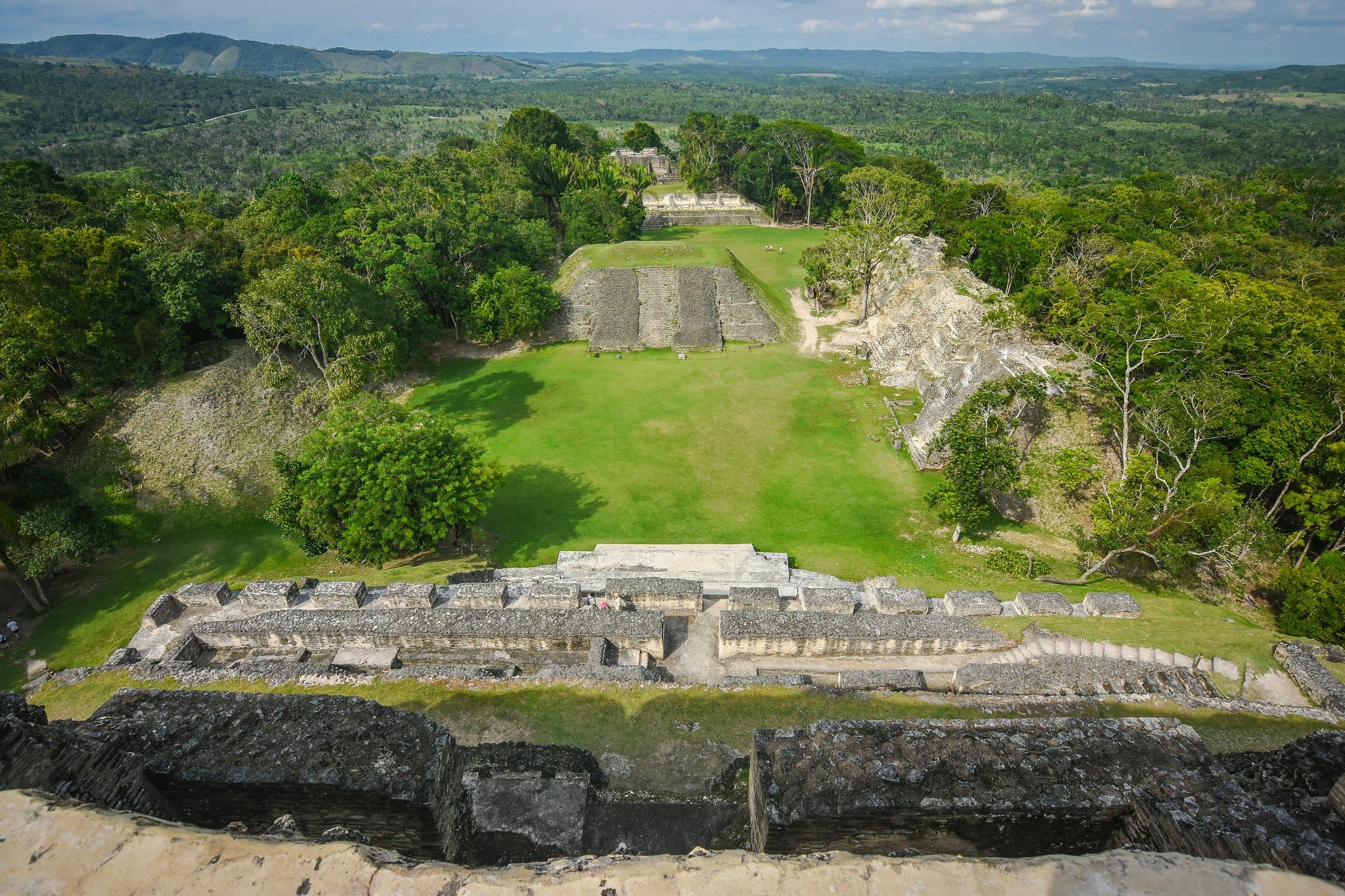

A new study by Dr. Angelina Locker challenges long-held beliefs about Maya human sacrifices by examining remains from a rural burial site near Dos Hombres in Belize, dating to the Late Preclassic period (300 BCE–250 CE). Instead, Locker proposes a symbolic and cultural explanation linked to spiritual beliefs and ancestral connections.
Published in the Journal of Anthropological Archaeology, her findings could reshape how researchers interpret secondary burials and human sacrifices in ancient Maya society.
Skulls, jawbones, teeth, and long bones found separate from primary bodies are often linked to ritual sacrifice or offerings in ancient Mesoamerican archaeology.
These assumptions have persisted due to their prevalence in ceremonial centers and elite tombs. But Locker’s findings suggest a more nuanced understanding is needed, particularly when it comes to non-elite, rural burials.
The Maya believed the soul was made up of four distinct parts.
The “baah” was the self, often represented by the head; “ik’” was the breath or spirit, associated with wind, jade, and teeth; “ch’ulel” resided in the heart and blood; and “wahy” were spiritual companions, usually animals, believed to die with the individual.
These beliefs show that even parts of a body, like teeth, could hold spiritual importance.
Locker studied a burial discovered on the outskirts of Dos Hombres, an ancient Maya city that once supported a population of 10,000 to 15,000 people. Archaeologists have only uncovered 21 burials at the site, representing 35 individuals.
Seventeen of those were found outside the city center, including one at a rural commoner household known as the Dancer Group, about 1.55 kilometers west of the main settlement.
This burial, known as Episode 2, included the remains of a young woman and two others, only represented by teeth. Locker explains she focused on this burial because the others were not available during her dissertation research.
Earlier interpretations labeled the grave as a primary burial that included sacrificial offerings.
Bioarchaeological and isotopic analysis tell a different story. The young woman had lived locally, while the other two individuals, aged between 20–34 and 30–40, were not from the region. She was buried with a marker stone and remains from a mussel feast, but otherwise few grave goods.
Locker argues this context doesn’t support a sacrificial narrative. Sacrifices in Maya culture were typically reserved for elite graves or major religious events. This simple rural burial lacks those hallmarks.
Instead, the inclusion of non-local teeth may reflect the symbolic transport of ancestral spirits. Locker suggests that the teeth could have served as a spiritual connection, establishing kinship, claiming land, or honoring lineage.
In Maya belief, placing the remains of ancestors in a new location may have reinforced a family’s bond to that land, even if the original burials were far away.
Her findings add to a growing body of research questioning long-standing assumptions about Maya funerary practices, offering a broader, more human view of how people once honored their dead.
